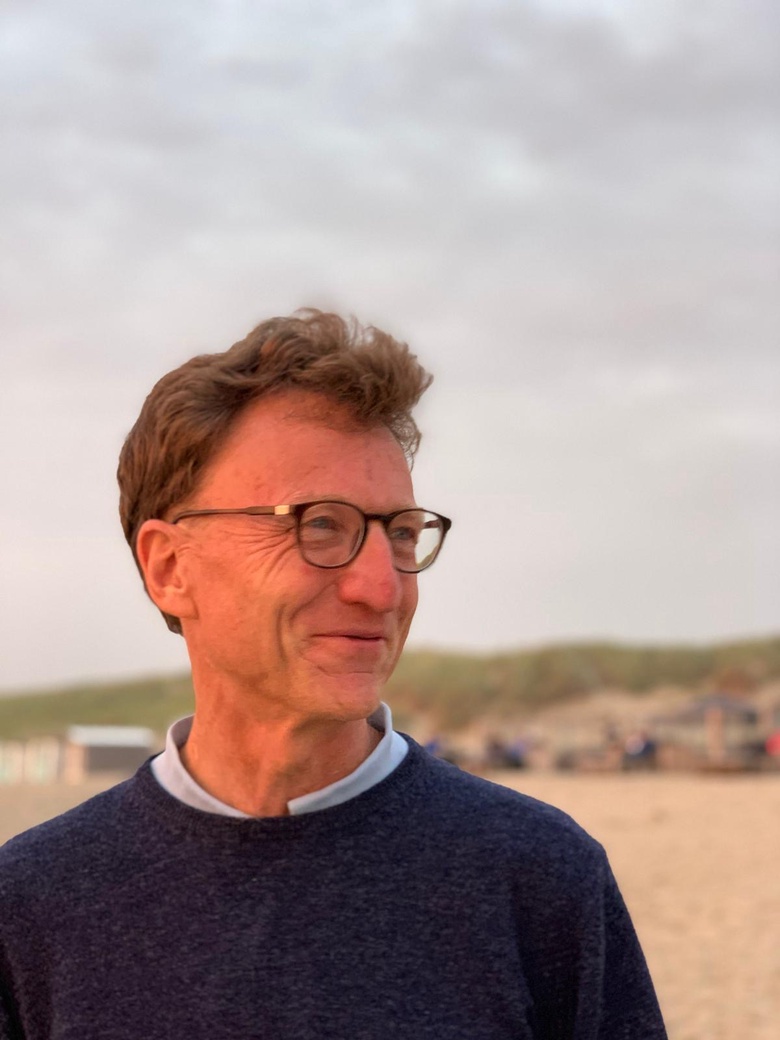Invited Speakers
We are thrilled to have agreement from the following to deliver Invited Lectures:
- Dr. Karyn Chappell, Imperial College London
-
Dr. Karyn Chappell, Imperial College London
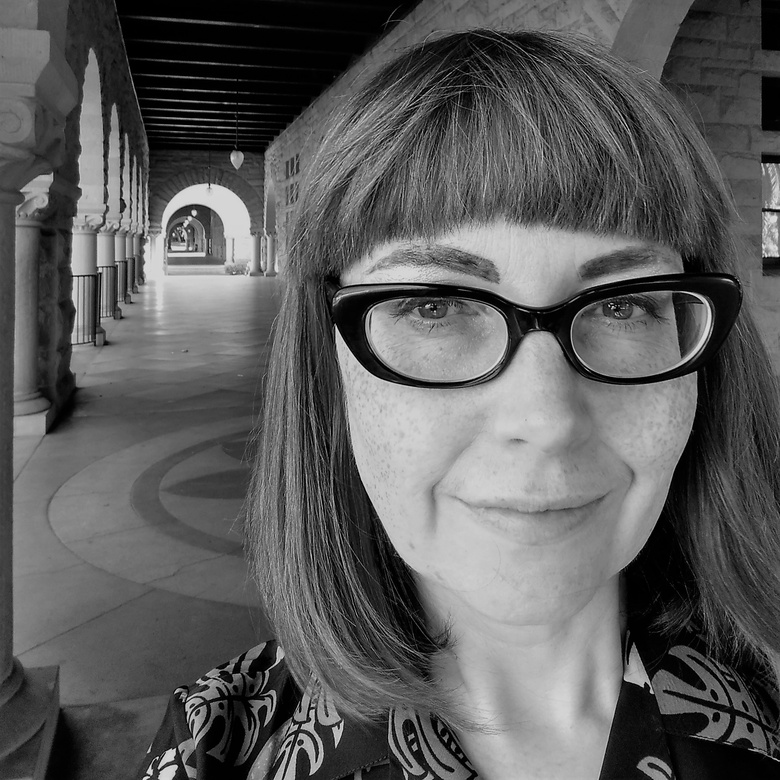
Talk Title: MADI: Harnessing the Magic of the Magic Angle Effect
Biography: Dr Karyn Chappell is a Postdoctoral Research Radiographer at Imperial College London.
Karyn has never chosen the easiest path in her working life. From doing a PhD involving rummaging around in the dustbin of MRI history to currently preferring not to predict the future of MRI but creating and building it. Life is never boring!
Karyn’s research uses magic to make the invisible visible. The ‘Magic Angle Directional Imaging’ (MADI) technique developed during her PhD harnesses the Magic Angle effect: visualising the alignment of collagen fibres within tendons, ligaments, meniscus, and cartilage. Karyn is working with Mechanical Engineers developing a novel extremity MRI scanner that moves around the patient facilitating in-vivo magic angle research.
- Prof. Amedeo Chiribiri, King’s College London
-
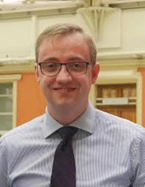
Talk Title: Low-field cardiac MRI: when lower is better
Biography: Prof Amedeo Chiribiri is a recognised world leading expert in cardiac imaging and cardiovascular MRI. He studied medicine in Turin/Italy and received and MD from the University of Turin in 2001 and completed specialist training in Cardiology in 2006 and a PhD in Human Physiology and Experimental Medicine in 2010.
Between 2006 and 2007, he was visiting physician at the German Heart Institute Berlin (DHZB), Germany, where he specialised in cardiovascular MRI. He works as Consultant Cardiologist at Guy’s & St Thomas’ Hospital since March 2008. In April 2013, he took up the post as Senior Lecturer in Cardiovascular Imaging at King’s College London and in August 2013 he became the Director of the Cardiovascular MRI Service at Guy’s and St Thomas’ Hospital.
He was promoted to Associate Professor (Reader) in Cardiovascular Imaging in August 2018 and to Full Professor (Chair) in November 2020.
Prof Chiribiri’s main clinical and research interest is cardiovascular imaging, with a focus on cardiovascular MRI and quantitative imaging. His areas of expertise include the assessment of cardiac structure and function and tissue characterisation using non-invasive imaging, and on the application of machine learning techniques for the acquisition and interpretation of the scans.
Prof Chiribiri has developed several techniques that enable the non-invasive assessment of myocardial blood flow (perfusion) and the non-invasive differential diagnosis between different causes of chest pain. Moreover, Prof Chiribiri is actively involved in the development and validation of novel experimental models to simulate physiological and pathophysiological processes and in the development of low-field MRI scanners for cardiovascular applications.
Speciality: Cardiology, cardiovascular MRI.
- Prof. Fiona Gilbert, University of Cambridge (Bill Moore lecture)
-
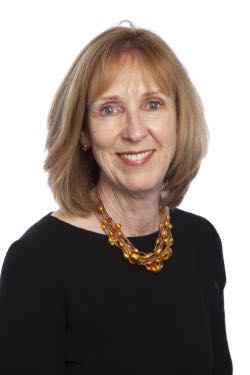
Title: Standing on the shoulders of Giants – clinical application of the developments in MR
Biography: Professor Fiona Gilbert – FRCR, FRCPS, FRCP, FACR, FRSE, FMedSci.
Fiona Gilbert is Professor of Radiology and Head of Department at the University of Cambridge. Her clinical work and research is focused on imaging breast cancer using multimodal functional imaging such as MRI and PET to study the tumour environment and evaluating different modalities for early detection.
Professor Gilbert has over 250 peer reviewed publications, 5 book chapters and numerous international conference abstracts. She was awarded Honorary membership of Radiological Society of North America, Honorary fellowship of the American College of Radiologists, the Royal Society of Edinburgh and the Academy of Medical Sciences and the Gold Medal from the European Society of Radiology. She is immediate past President of the European Society of Breast Imaging.
- Prof. Mara Cercignani, University of Cardiff
-
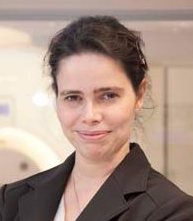
Talk Title: A Journey into Advanced Imaging with Low-Field MRI
Biography: Mara Cercignani is Head of MRI at CUBRIC. Her research focuses on quantitative MRI and its application to the study of the central nervous system in health and disease. Best known for her work in white matter imaging, she has been a Senior Fellow of the International Society for Magnetic Resonance in Medicine (ISMRM) since 2019, and a Deputy Editor for Magnetic Resonance in Medicine since 2014. She has published over 180 papers in peer-reviewed journals.
- Prof. David Norris, Radboud University, NL
-
Talk Title: The Dutch National 14 Tesla Initiative: Approaching the Final Frontier?
Biography: I studied Physics at Cambridge and did a Masters in Medical Physics at Aberdeen. My PhD thesis was entitled “NMR Flow Imaging”, supervised by Jim Hutchison at Aberdeen. I then moved to the University of Bremen as a post-doc and later had a tenure-track position. I was head of MR at the Max-Planck-Institute for Cognitive and Behavioural Sciences in Leipzig before moving to the Donders Institute at the Radboud University Nijmegen in 2001. I am a past director of the Donders Centre for Cognitive Neuroimaging and a founding Director of the Erwin L. Hahn Institute at the University Duisburg-Essen. I am a Past-President of the International Society for Magnetic Resonance in Medicine and an External Scientific Member of the Max-Plank-Society. I am the Principal Investigator of the Dutch 14 T initiative (DYNAMIC). - Dr Tom O'Reilly, Leiden University, NL
-
.jpg)
Talk title: Accessible low field MRI – Simple and open hardware
Biography: I studied physics at Leiden University and got my introduction to MRI by doing an internship on the human 7T system working on various application of dielectric materials for manipulating B1 fields, and got the opportunity to pursue a PhD continuing that work in the same group. Shortly after starting my PhD the idea of working on a low field MRI system for imaging Hydrocephalus in infants came up and I was allowed to switch the focus of my PhD to try and bring that system to reality. A driving factor of our work on low field has always been to make the system available to as many people as possible for which our vision has been to utilise materials and methods that are easily sourced and to share our code and designs in an open manner so that others can replicate, adapt and improve the system for their needs. Last year we built a replica of our system in Uganda and were joined by people from all over Africa, as well as the U.S. and South America with the aim of spreading the knowledge of how to build these systems.”
- Prof. Jim Wild, University of Sheffield
-
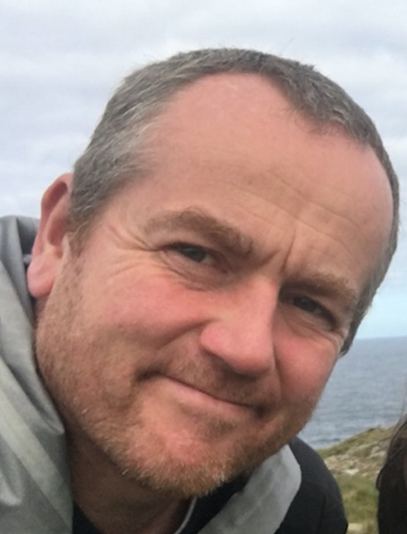
Talk Title: Hyperpolarised xenon MRI - methods and applications in the lungs and beyond
Biography: I am an MR imaging physicist, my own research focus is the physics, engineering and clinical applications of MR imaging of hyperpolarised gases in lungs and other organs. In 2015 our POLARIS group established these modalities as part of clinical diagnostic imaging in the NHS a world first for hyperpolarised MRI.

